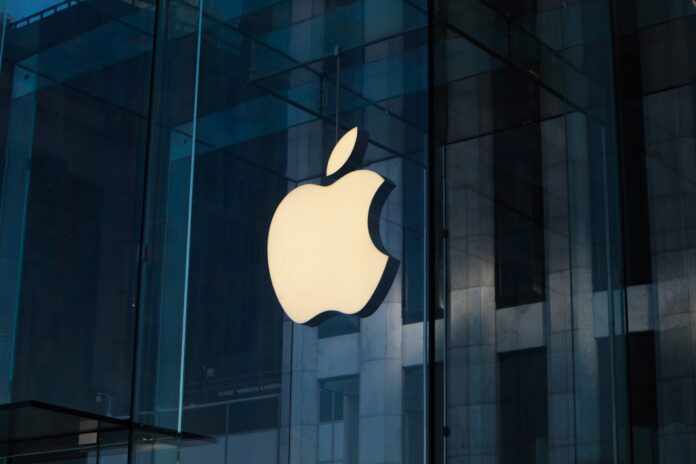Apple has dramatically redirected its iPhone export strategy to India and the US, with nearly all phones now made in India heading straight to America. The massive shift from 50% to 97% in just one year demonstrates how trade wars compel tech giants to overhaul their global supply chains.
What do the numbers tell?
Between March and May 2025, Foxconn shipped US$3.2 billion worth of iPhones from India, with 97% going directly to US customers. In 2024, only half of iPhone exports India US shipments targeted America, while the rest went to Europe.
In May, US$1 billion worth of iPhones crossed from Indian factories to American stores, based on the data reported by Reuters. March hit a record of $1.3 billion of hardware movements, and by May 2025, iPhone exports to India US had already reached $4.4 billion – beating the entire 2024 total of $3.7 billion.
Economics is driving this change. Chinese-made iPhones now face 55% tariffs when entering the US, while Indian-made phones pay only 10%. For Apple, the maths is clear: move production to India or watch profits evaporate.
Why India became Apple’s new manufacturing hub
Apple didn’t stumble into this situation, as the company has been preparing for years, investing heavily in Indian facilities. Foxconn built a US$1.5 billion plant in Chennai, while Apple lobbied to cut customs delays from 30 hours to just six hours at Indian airports.
The urgency shows in Apple’s actions. In March, the company chartered planes to transport $2 billion worth of iPhones from India to the United States, according to Reuters.
Tata Electronics, Apple’s second Indian supplier, shows similar patterns. The company now sends 86% of its iPhone production to America, up from 52% last year. Even newer suppliers are quickly adapting to focus on iPhone exports India-US routes.
image
Trump pressures Apple to “build in America”
Despite Apple’s Indian success, President Trump told Apple CEO Tim Cook: “We are not interested in you building in India. We want you to build here.” Trump has threatened 25% tariffs on Indian-made iPhones unless Apple moves production to America.
The political pressure is real, but so are economic realities. Industry experts estimate a “Made in America” iPhone would cost $3,500 due to supply chain complexity. Current iPhones retail for $800-1,200, making domestic production economically impossible without massive price increases.
Apple is trying to balance both demands. The company pledged $500 billion in US investments over four years, and CEO Tim Cook personally donated US$1 million to Trump’s inauguration. Yet iPhone exports to the US from India continue expanding because they make financial sense.
The Collapse of Chinese iPhone Manufacturing
While India rises as a manufacturing base, China falls back. Chinese smartphone exports to America fell from 72% to under $700 million in value in April – the lowest since 2011. This isn’t just about Apple; the entire Chinese phone industry is losing its biggest customer in the form of the US.
Interestingly, China isn’t disappearing entirely. Chinese component exports to India quadrupled over the past year as manufacturers moved final assembly operations. China still makesthe parts; India just puts them together and ships them out.
This shows how modern supply chains adapt. Instead of completely abandoning China, companies are threading the needle – using Chinese expertise and components while avoiding tariffs through Indian assembly.
What this means for global technology
The surge in iPhone exports to the US from India represents more than one company’s strategy. It signals a fundamental shift in how technology gets made and sold globally.
“We expect made-in-India iPhones to account for 25% to 30% of global iPhone shipments in 2025, compared to 18% in 2024,” said Prachir Singh from Counterpoint Research.
For consumers, this shift could mean different things. Prices might stay stable as Apple avoids tariffs, but supply chains become more complex. For India, it represents a massive economic opportunity as global companies seek alternatives to Chinese manufacturing.
For China, it’s a wake-up call. The country that dominated global electronics manufacturing for decades is watching major contracts move elsewhere due to political tensions.
What does the future of iPhone manufacturing look like?
Apple’s iPhone exports India US strategy appears sustainable despite political pressure. The economic advantages are too large to ignore, and consumer demand remains strong.
However, challenges remain. Indian manufacturing still costs more than Chinese production due to higher import duties on components. Infrastructure, while improving, hasn’t reached Chinese levels of efficiency.
The bigger question is whether other tech companies will follow Apple’s lead. Samsung, Google, and other smartphone makers face the same tariff pressures. If they also pivot to Indian manufacturing, the country could become the world’s new electronics hub.
The transformation shows how quickly global manufacturing can shift when economics and politics align. What took decades to build in China is being replicated in India in just a few years, driven by the simple reality that iPhone exports to the US make more financial sense than Chinese alternatives.
See also: iPhone 16e vs Android 5G performance: Why Qualcomm’s study results need context

Looking to revamp your digital transformation strategy? Learn more about Digital Transformation Week taking place in Amsterdam, California, and London. The comprehensive event is co-located with IoT Tech Expo, AI & Big Data Expo, Cyber Security & Cloud Expo, and other leading events.
Explore other upcoming enterprise technology events and webinars powered by TechForge here.
👇Follow more 👇
👉 bdphone.com
👉 ultractivation.com
👉 trainingreferral.com
👉 shaplafood.com
👉 bangladeshi.help
👉 www.forexdhaka.com
👉 uncommunication.com
👉 ultra-sim.com
👉 forexdhaka.com
👉 ultrafxfund.com
👉 bdphoneonline.com
👉 dailyadvice.us
